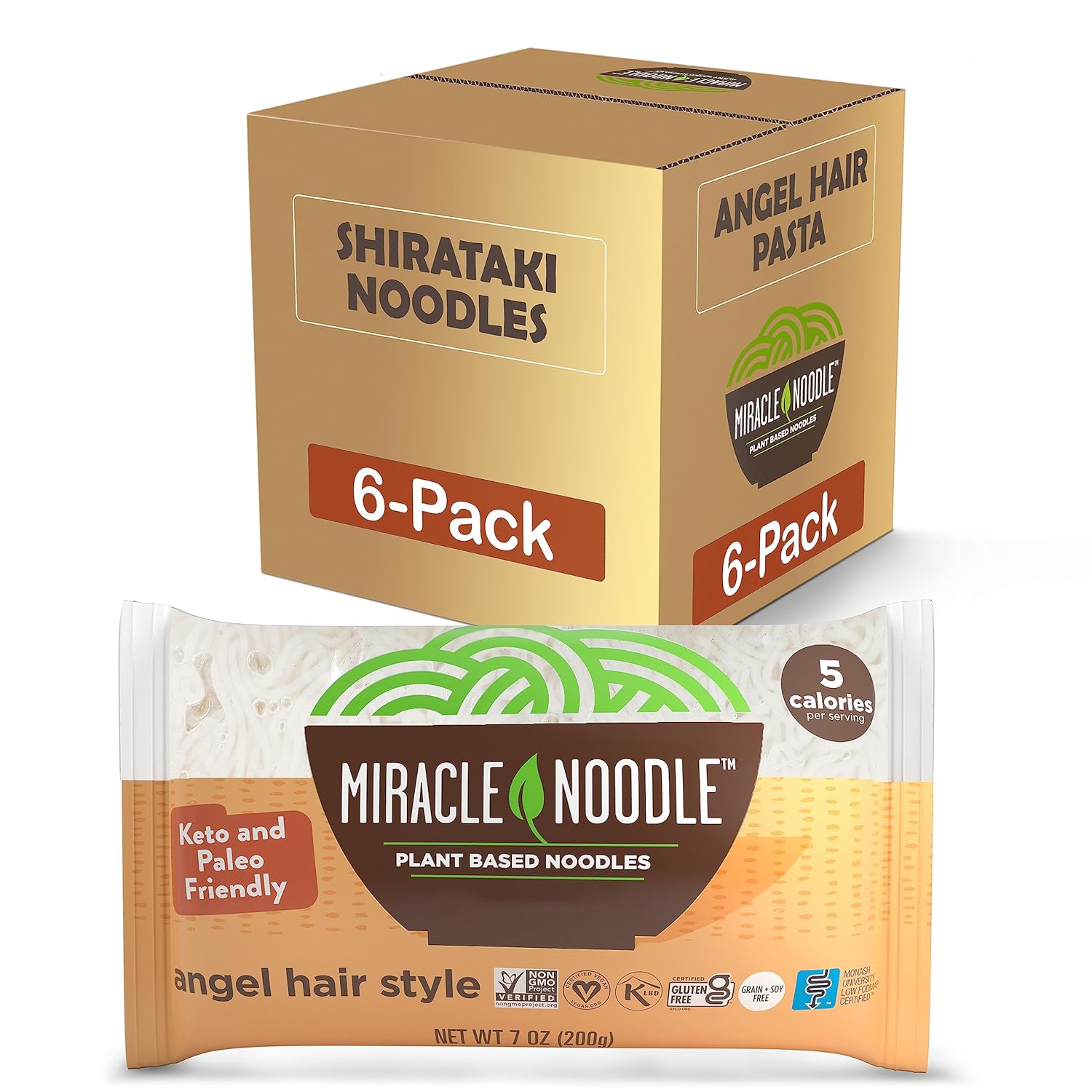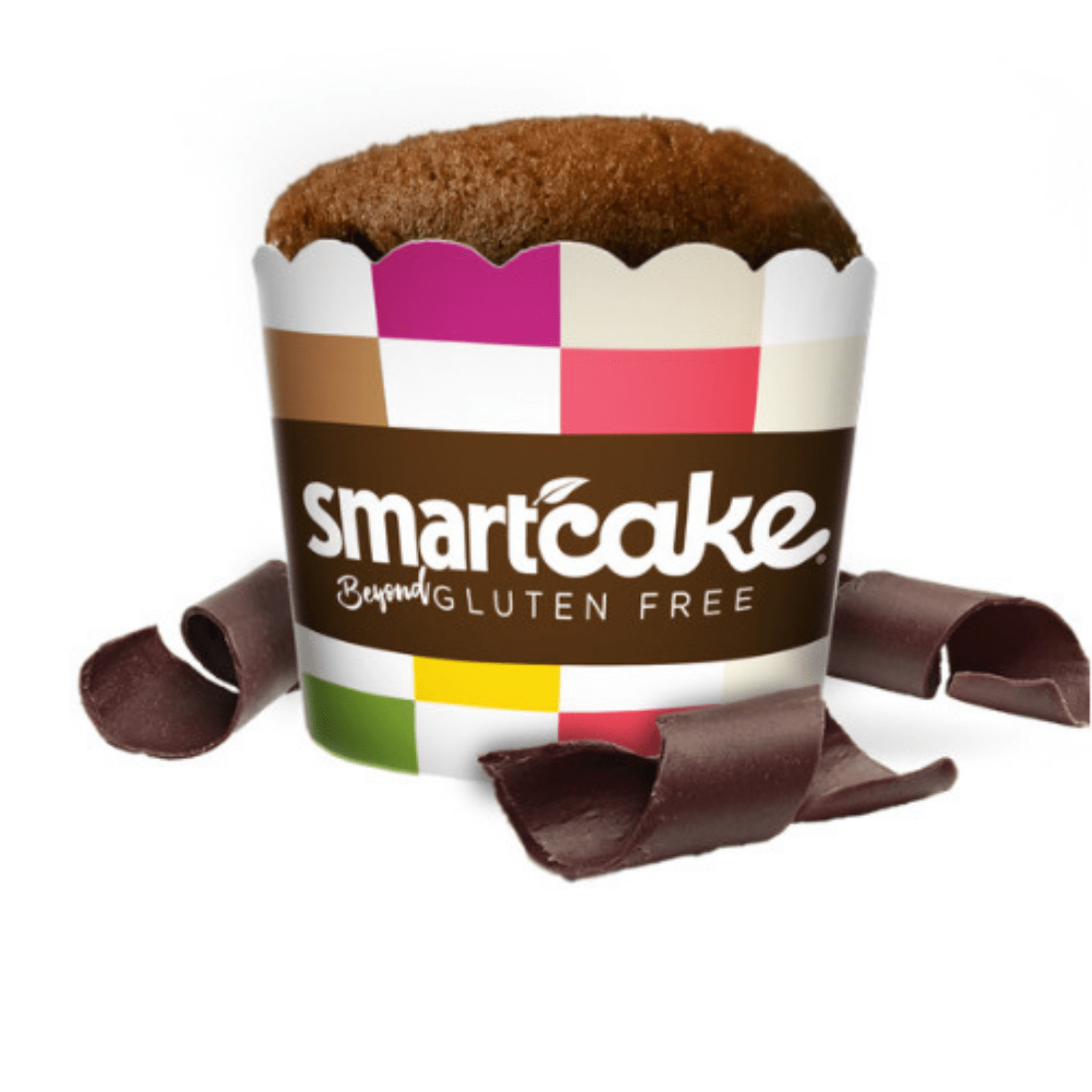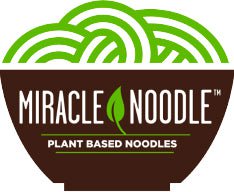Perhaps you’ve recently been diagnosed with Type 2 diabetes. Your doctor has sternly warned you to improve your diet or else you’ll be susceptible to developing dire medical consequences. Even if you feel fine now, diabetes can harm all major organs, including the eyes and heart. It can also be a contributor to developing Alzheimer’s and osteoporosis.
For a carb-crazy person, the notion of giving up their favorite foods to improve diabetes is a depressing thought. It’s very likely that some people with diabetes believe that they have to eat nothing but boring, bland brussel sprouts and other unappetizing cruciferous vegetables in order to get healthy. So it’s no wonder, then, that many diabetics continue with their unhealthy eating habits.
But you don’t have to go on a beet juice and broccoli diet to drastically improve your diabetes. If you did try an extreme diet like that, you’d ultimately fail and then end up bingeing on foods that dangerously raised your blood sugar levels in the first place.
The truth is that you can enjoy some of your favorite foods even if you are trying to control blood sugar levels. The trick to successfully improving your diabetes is satiety, which is another way of saying, in order to achieve satisfaction, you must be satisfied. Sounds simple, almost Zen-like, comparable to a Buddhist-like teaching that in order to achieve happiness, one must be happy.
How can you be happy on a diabetic diet? Well, if you were unhappy with your life, say you had a horrible job, were stuck in an unfulfilling relationship and were bored in your free time, to become happy, or happier, you could find a more rewarding job, quit the relationship and start a new hobby or join a club. Sure, it takes effort but it’s not an insurmountable challenge.
The same thing applies to nutrition. If you don’t want to risk developing complications from diabetes and want to dramatically improve your condition, you will have to make some changes, but not as drastic as you think.
What changes do I have to make?
You will have to, as much as possible, eliminate non-food foods, especially ones that are high in sugar. What’s a non-food food? Virtually any food that you can buy in a 7-11, such as baked goods (donuts, muffins, danishes, cookies, etc.), soda, coffee drinks (sweetened ones), energy drinks, energy bars, meal replacement bars, granola bars, chips and pretzels. These are non-food foods because they are highly-processed and devoid of any nutrients. They are not natural. Remember, if a food didn’t run, swim, fly, or come from a plant or tree, it’s not a real food.
Even if some of these foods have zero sugar, like pretzels, they are usually high in carbohydrates and are digested very rapidly, which causes a release of insulin to escort the sugars into the bloodstream and ultimately the cells. The excess sugar cannot be used as energy and is instead stored as fat.
This is the scenario that you want to avoid as much as possible. Eliminating sugary foods (anything other than fruit with, say, 5 grams of sugar or more) and high-carb foods (any food other than fruits or vegetables with approximately 10 grams of carbs or more) will be the single most important change you can make.
Success equals satiety
The main reason someone might opt for that second or third slice of pie isn’t taste alone. Sure, apple pie tastes delicious, but more often than not, overindulging in sweets occurs because somebody did not feel satiated after eating a meal, or perhaps they skipped a meal altogether, which causes cravings for just about anything loaded with mega calories and sugar.
Satiation, or the feeling of being satisfied, happens only when the correct ratio of macronutrients--carbohydrates, protein and natural fats--are consumed at one sitting. Consider this hypothetical dinner plate: three-quarters of the plate is filled with spaghetti and the rest with a chicken breast. Not the most unhealthy sounding dinner, right?
After all, isn’t chicken breast an example of a lean, healthy protein? While the chicken breast won’t raise blood sugar levels and is a good source of protein, the large serving of pasta will almost certainly cause bloating, and ultimately, an energy crash, followed by an intense craving for something sweet to provide a pick-up, as temporary as it might be.
A better dinner for diabetes would be a generous portion of vegetables (there must be at least one or two veggies you don’t mind eating, especially if they are sauteed with a little butter, olive oil, garlic and any spices), a lean protein like chicken or fish or grass-fed meat, along with a substitute for pasta and other high-carb foods like rice.
What’s the perfect pasta substitute for diabetes?
Shirataki noodles, such as those sold by Miracle Noodle look, feel and taste just like regular high-carbohydrate pasta, but Miracle Noodle products have zero calories and carbohydrates. Because it contains fiber, the very little carbohydrates it has (just a few grams) are counteracted by the fiber for a total of net zero carbohydrates.
These noodles, which have been used in Japanese diets for over 2000 years, are derived from the root of the konjac yam plant. Because it contains fiber, it slightly expands in your stomach, making you feel full, or satiated.
You can literally eat as many bowls of Miracle Noodle as you want and you can still lose weight, provided that you aren’t adding sauces with a lot of sugar like some teriyaki or barbecue sauces. You’ll also want to have all three aforementioned macronutrients with every meal (and at every snack if you need one). Great tasting, sauteed vegetables should be your primary carbohydrate source. Add a lean protein and a little bit of natural fat like olive oil, avocado, crushed nuts, or a serving size of butter to keep you satisfied.
With Miracle Noodle, you’ll literally reduce your caloric intake every week by several hundred, by replacing regular noodles and rice with shirataki noodles by Miracle Noodle and Miracle Rice.
I don’t think I can give up baking. What can I use instead of regular sugar and flour?
Even if someone with diabetes improved their diet dramatically by eating three meals a day, each meal consisting of low-sugar carbs like veggies or fruit, a lean protein and a natural fat; ate every meal at approximately the same time every day without going more than five hours in between eating, there’s going to be a time when an irresistible urge for snack arises.
Especially for those that enjoy baking, or just eating baked goods, what’s a diabetic to do if the craving is overpowering?
For those that enjoy baking, one can satisfy their sweet tooth even on a diabetic diet by replacing corn starch, high fructose corn syrup, or any other alias for sugar, with konjac flour. Also called ‘Glucomannan’ flour, konjac flour, like Miracle Noodle, is net calorie and sugar-free. Glucomannan flour is derived almost entirely of fiber and can be used as a thickening agent.
If you look at the nutrition label on the Miracle Noodle konjac flour page, you’ll notice it has 20 calories. That’s far less than other starches but how can something be called calorie-free if it has 20 calories? The flour contains 5 grams of fiber and 5 grams of carbohydrates. There are four calories in one gram of carbohydrate (5x4=20). But fiber grams cancels out carbohydrate grams, yielding zero net carbs.
The more fiber you get in your diet, the more satisfied you’ll feel and the less you’ll crave foods that will raise your blood sugar levels. For more ideas on how to satisfy your sweet tooth, read this Miracle Noodle blog.Share the joys of eating all the noodles you want without the guilt. As incentive, when you share Miracle Noodle on Facebook, Twitter or via email, and your friends click your share link, both you and your friend will receive 13% off your next order. Here’s the link: ?saopen=share …
Save an additional 15% off every order by enrolling in the Miracle Noodle autoship program. Choose which products you want delivered and how often. It’s that simple. Join today!


